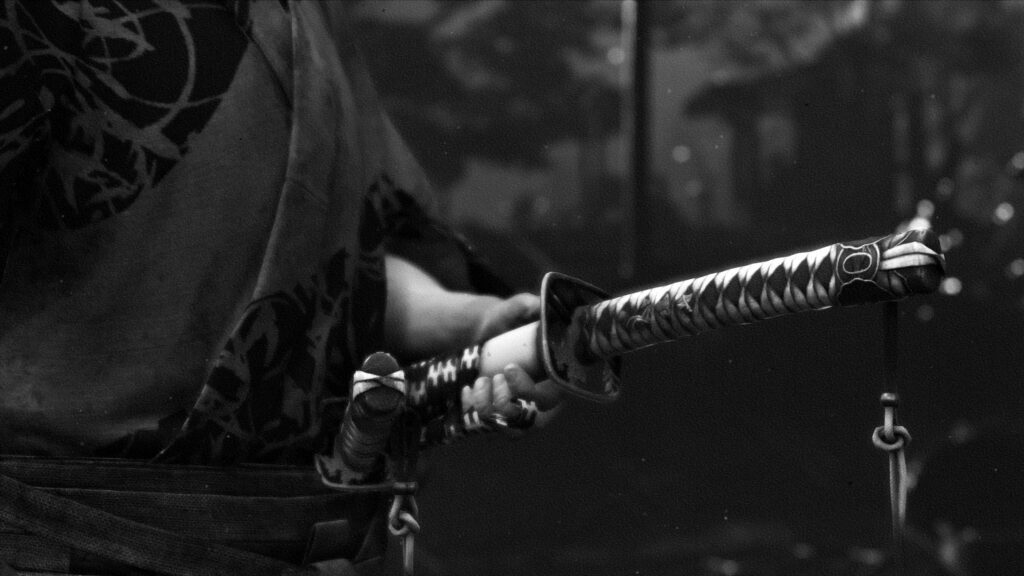Ghost of Tsushima is an open-world game set on Tsushima Island during Mongolia’s invasion of Japan in 1274. Players control Jin Sakai, the last surviving member of his samurai clan, who must fight back against the Mongolian army and save his island from destruction. The combat is a dance of elegant and deadly moves, and the music is a blend of traditional Japanese instruments and western orchestral music. The game’s design is a work of art with both minimalist and maximalist elements. Ghost of Tsushima is a masterpiece of storytelling, world-building, and design that will be remembered for years to come.
Ghost of Tsushima: A Masterpiece of Samurai Action and Gorgeous World Design
The Setting: Tsushima Island
Ghost of Tsushima takes place during Mongolia’s invasion of Japan in 1274. The game is mainly set on Tsushima Island, which is a real place located between Japan and Korea. The island’s beauty has been captured perfectly in the game through its vibrant and colorful landscapes, intricate details, and the specific changes in the weather and time of day. It is an open-world game that is equal parts exploration and combat.
The Story: A Tale of Honor and Duty
Players control Jin Sakai, a samurai who is the last surviving member of his clan after the Mongolian invasion. Jin must fight back against the Mongolian army and save his island from destruction. Throughout the story, Jin faces moral dilemmas, and players must decide how he will handle them. Will he stick to the samurai code and prioritize honor or take a more sneaky approach and use his ghost tactics for the greater good?
The Combat: Elegant and Intense
The combat in Ghost of Tsushima can be described as a dance of elegant and deadly moves. Fighting can be done through sword fighting, bow and arrow, or stealth. The game also uses a system called “Stances,” which allows players to switch between different fighting styles depending on the enemy they are facing. The combat is incredibly satisfying and requires patience and precision to master.
The Music: An Ethereal Soundscape
The game’s music is composed primarily by Shigeru Umebayashi, who also composed the soundtrack for Kill Bill and House of Flying Daggers. The music of Ghost of Tsushima is a blend of traditional Japanese instruments and western orchestral music. It creates an ethereal soundscape that perfectly complements the game’s atmosphere.
The Design: A Work of Art
Ghost of Tsushima’s design is a combination of minimalist and maximalist elements that make the game incredibly immersive. The minimalist elements include small details such as the way the leaves on the trees move in the wind or the sounds of animals in the environment. The maximalist elements include the game’s stunning set pieces such as the castles, the temples, and the shrines. The game’s art direction is top-notch, and the team behind it has managed to create a world that feels both immediately familiar and entirely unique.
The Legacy: A Masterpiece
Ghost of Tsushima is a masterpiece of storytelling, world-building, and design. It is a game that will be talked about for years to come, and its influence will be felt for generations of game developers to come. It is an essential game for lovers of action games or for those who just appreciate well-crafted stories and worlds.
The Final Word
In essence, Ghost of Tsushima is a game that ticks all the boxes. It has a great story, excellent combat, breathtakingly beautiful visuals, an ethereal soundtrack, and excellent game design. It is a game that will stay with you long after you’ve finished playing, and deserves all the praise it has received.
